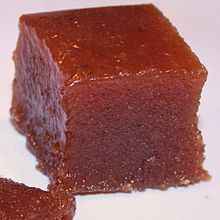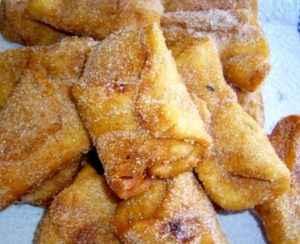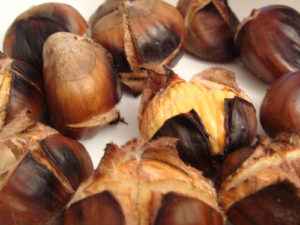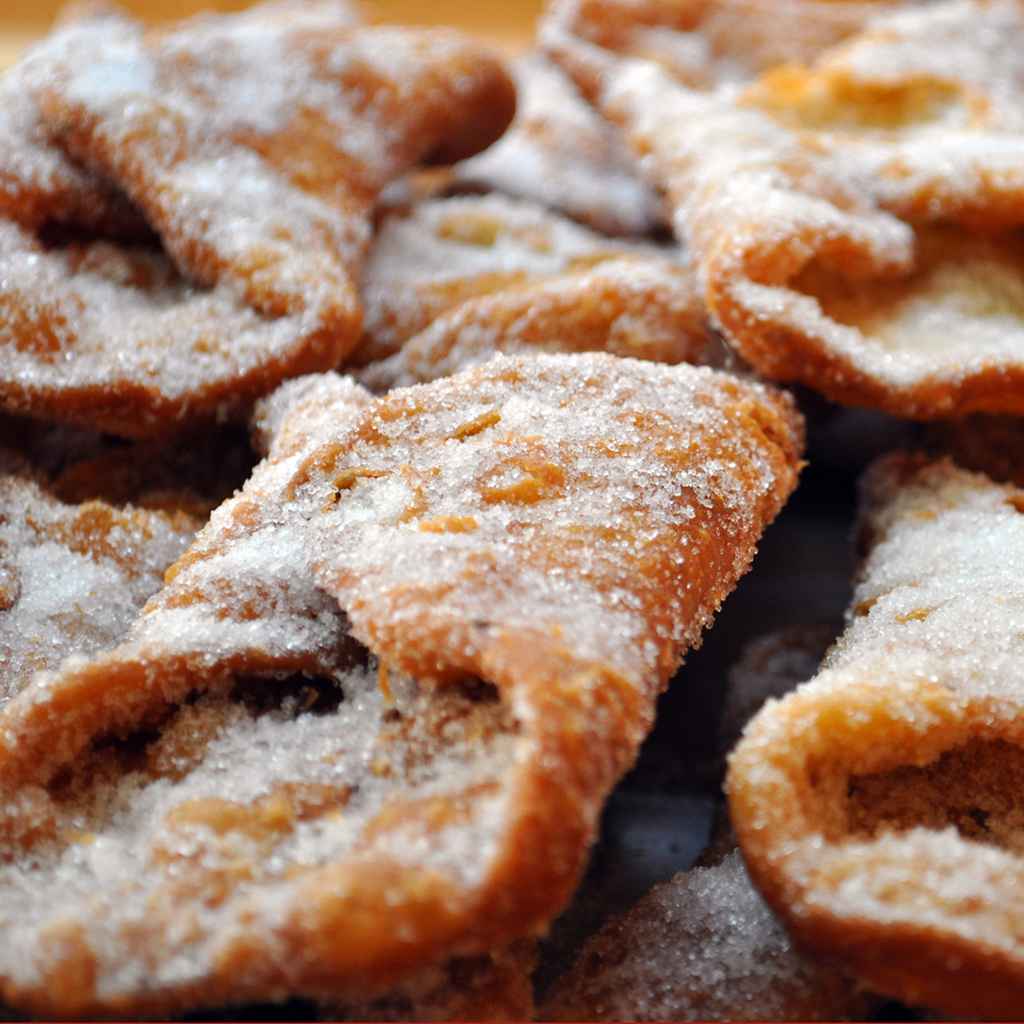To make the day a bit less bitter, we must not forget that we remember all the deceased, the popular wisdom generated the custom of eating special foods.
To make the day a bit less bitter, we must not forget that we remember all the deceased, the popular wisdom generated the custom of eating special foods.
Text written by: CIEE Alcalá de Henares
We will mention the sweets, because almost all the students have a sweet tooth, but diabetics or “top models” should refrain from trying them! If you peek into the window of pastries shops in Alcalá de Henares, you’ll be able to see some of them and I’m sure you’ll want to go in and taste them.
Saints’ bones. (Huesos de santo)
If there’s one typical sweet for All Saints’ Day, it’s the “saints’ bones”. Made with a marzipan dough, these sweets are covered with a syrup and have different fillings. They are shaped like bones, which is where its name comes from. The saints’ bones make up part of the pastry and baked goods in Castile and Spain in general, and it’s very common to eat them across the peninsula on November 1st.

Wind Fritters (Buñuelos o buñuelos de viento)
Though they are perhaps more well-known to eat during “Holy Week”, these fritters are also eaten for All Saints’ Day. They’re very simple to make, and the recipe basically consists in a dough made with flour, sugar and a filling that could be one of many flavors. The fritters are cheaper and lighter than the Saints’ bones, and their roots go back to the “Deep Castile”.

Quince Jelly (Dulce de membrillo)
This is a very fall treat because it’s during this time when the fruit is harvested from the Quince tree and a type of jelly or compote is made in the home. Careful, though: quince can’t be eaten raw. The jelly is made simply by boiling the pulp of the quince with the same amount of sugar, resulting in a block of jelly that can be cut to go with or fill different types of culinary dishes.


“Pestiños” (There is no English translation!)
It’s tradition to eat them at this time of year. They’re pretty easy to make, since there are only three main ingredients: flour, olive oil and sugar, but the key is in frying the dough, and that’s another story. There are lots of variations of the recipe, sometimes adding lemon, honey or Jerez wine.

Roasted chestnuts (Castañas asadas)
Since All Saints’ Day is celebrated in fall, it isn’t strange that one of the most typical nuts is eaten to celebrate it: chestnuts. When they’re roasted they are very tasty, and can be easily eaten. The most common way to roast them is over a hot griddle, though they can also be roasted in the fireplace, in a bonfire or even in the oven.

¡QUE APROVECHE!
Sigue disfrutando de Dream Alcalá:
- Telegram: Recibe nuestras noticias y contenido exclusivo (clic aquí).
- Newsletter: Recibe cada tarde un correo con nuestras últimas noticias (clic aquí).
- YouTube: Suscríbete para ver nuestros mejores vídeos (clic aquí).
 Sé tú el periodista: envíanos tus fotos o noticias a través de Telegram.
Sé tú el periodista: envíanos tus fotos o noticias a través de Telegram.

